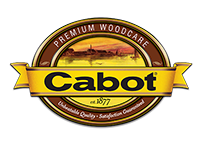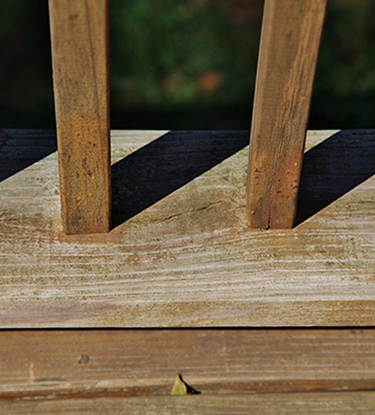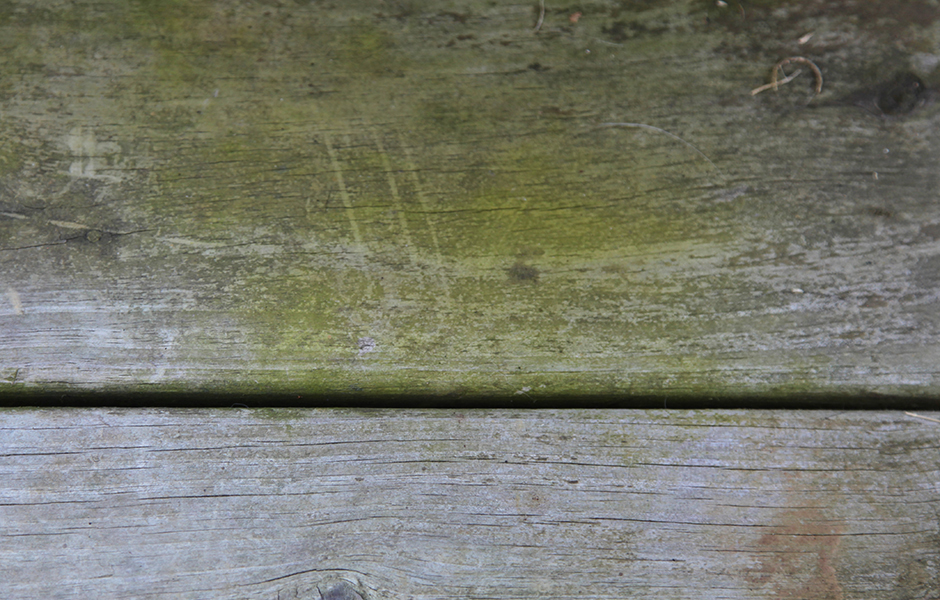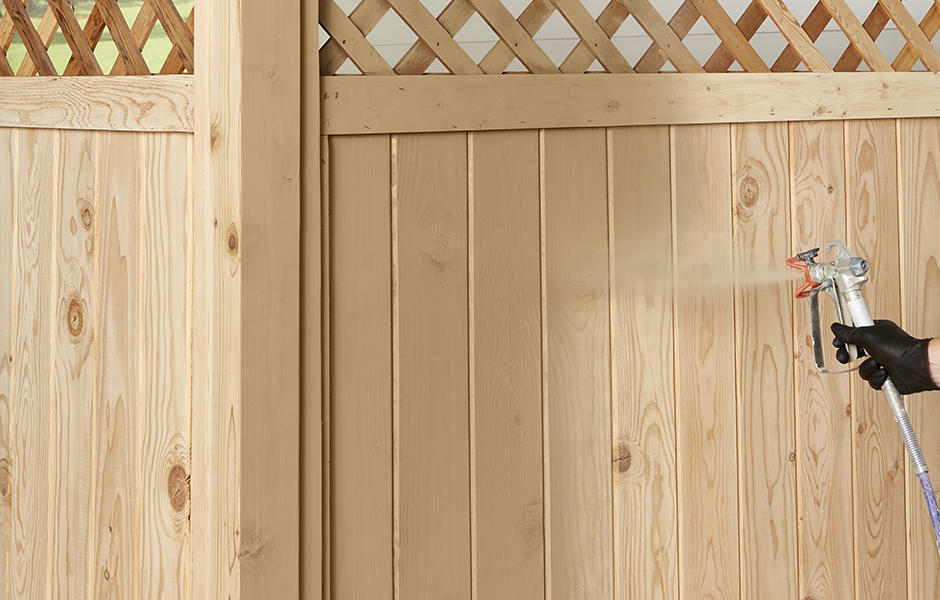
HOW TO REMOVE SURFACE CONTAMINANTS BEFORE STAINING
Think of your wood siding, fencing, deck and outdoor furniture. They all bravely face the elements, temperature changes and physical contact on a daily basis. It's no wonder, then, that their surfaces can become cracked, blistered and contaminated over time by things like mildew, soot and rust.
Since surface contaminants can impact the quality of the finish of the wood, you'll want to remove them before you begin staining. After all, you always wash your car before waxing it, right? The information below will help make it easier for you to identify and remove a wide range of common contaminants.
Cabot - How to Determine The State of Exterior Wood
Recommended Products
Other Supplies You May Need
- Clean cloth
- Rubber gloves and personal protective gear
- Scrub brush
- Power Washer
FIBEROUS
- Fibers become loose on your wood surface when the old layer of stain has begun to break down. Remove the fibers with Cabot Problem Solver Wood Cleaner before you apply a new coat of stain.
TANNIN BLEED
- Tannin bleed (which can occur on redwood and cedar) is a reddish-brown discoloration that may make old stain applications appear blotchy or uneven. These blotches can mar the appearance of the new layer of stain you want to apply over it. Remove them first with Cabot Wood Brightener.
NAILHEAD RUSTING
- Rusty nails can cause brownish streaks to appear in your stain. Remove them with Cabot Problem Solver Wood Brightener before you apply a new coat of stain, because they will show through.
Once the wood is free of contaminants and the surface has been properly prepped, you're ready to begin staining. But before you dip your brush into the can of stain, take a few minutes to read our articles on staining. They'll help you get pro-like results you can be proud of.


